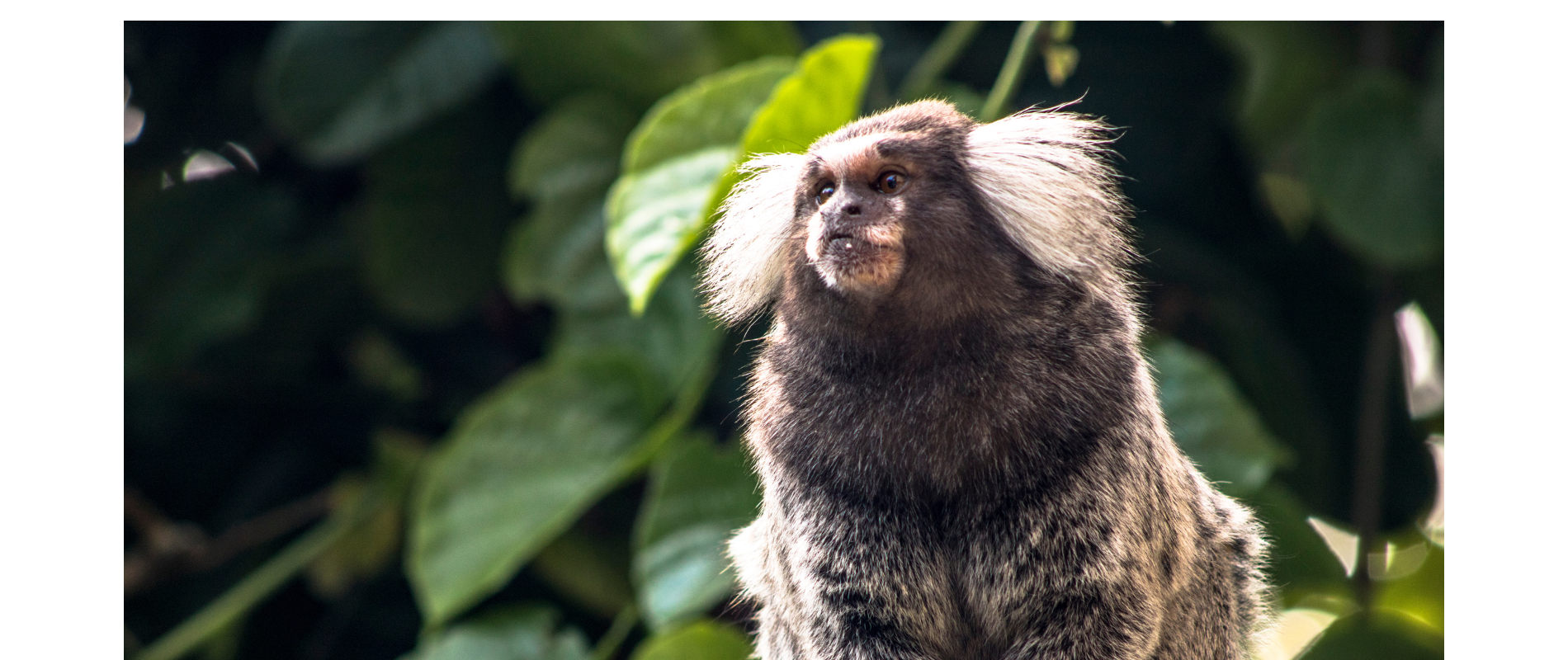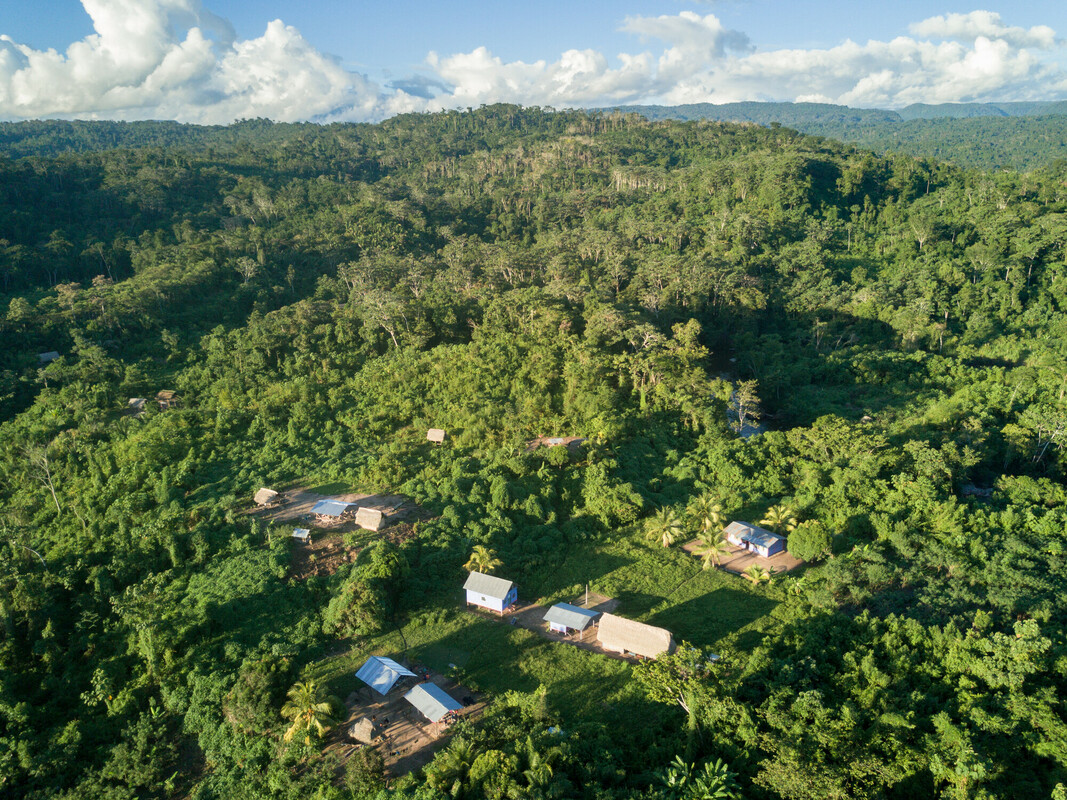
A Dose of Climate Optimism
Here’s this week’s dose of climate optimism. It’s been a monumental week for climate news, both good and bad. We’ve donned rose-tinted specs to bring you action-inspiring good stuff from around the world. Read it, do not weep.
Scientists discover two species of see-through frogs [1]NatGeo (2022)
Two glass frogs, both measuring between 1.9 and 2.1 centimetres, have been discovered in the foothills of the Andes in Ecuador. The identification of these little hoppers shows just how many species are yet to be discovered in biodiversity-rich areas and the need to protect their habitats to ensure ecosystems stay balanced and species can thrive.
The IPCC report backs people and rainforest – just like we do. [2]The IPCC Article 6: Climate Change 2022: Mitigation of Climate Change
This week, the third IPCC report on the mitigation of climate change mentions the need for cash support and land rights for indigenous peoples to limit deforestation. The report highlights that tackling deforestation and restoring natural carbon sinks like forests is a cost-effective, readily available Earth cooling approach to halting climate change. Read our take on that here.
Indigenous protected land traps more carbon. [3]Inside Climate News (2022)[4]Dawson, et al. 2021
A study by Global Forest Watch and Climate Focus found that the amount of CO2 released and stored on indigenous land in Peru, Colombia, Brazil and Mexico is twice as much compared to other forests. This emphasises the important role indigenous peoples and local communities have in fighting the climate crisis.


Fast fashion is not in fashion [5]euronews.green (2022)
The European Union is tackling fast fashion (and its pollution) head-on, warning consumers to stop thinking of clothes as throwaway items and encouraging them to make sustainable products the norm. A shift in the industry is needed, with a focus on a circular economy that uses long-lasting, recyclable materials and products free of dangerous substances.
Don’t poo-poo what goes down your loo [6]The Optimist Daily (2022)
What you’re flushing could be turned into energy. A plant in Oregon is not only reducing waste through its water treatment facility, it is turning it into energy. Through its processes, it produces concentrated methane which is turned into heat and power. Everything not used is turned into fertiliser. Waste not, want not.
